Ever opened your fridge to find forgotten veggies turning into science experiments?
You’re not alone!
Americans waste about 30-40% of their food supply yearly—that’s like throwing away one grocery bag out of every three. Reducing food waste saves money, helps hungry people, and protects our planet from unnecessary landfill gas.
1. Fridge Stuffing Frenzy

Cramming our refrigerators until they resemble Tetris games gone wrong means forgotten food languishes in dark corners. Ever discovered cucumber slime puddles on the bottom shelf? Yikes!
What if I told you the average family tosses $1,600 worth of produce yearly simply because it got lost in the refrigerator jungle? Overstocked fridges create blind spots where perfectly good food goes to die.
2. Expiration Date Paranoia
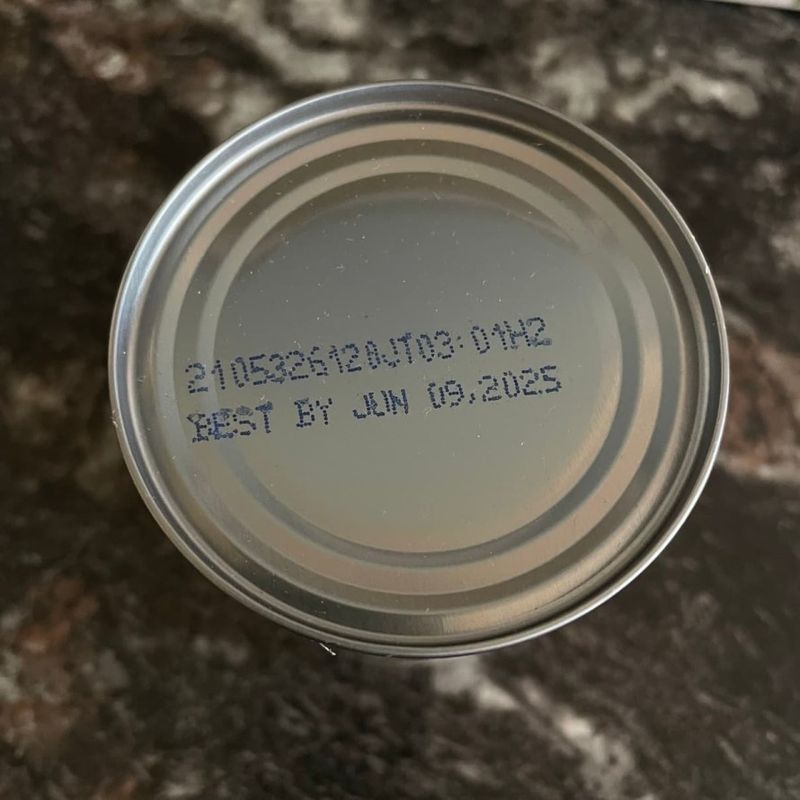
Though “best by” dates aren’t actually safety warnings, millions toss perfectly edible food at the stroke of midnight when these arbitrary dates arrive. Food manufacturers use these dates primarily for quality, not safety!
Where did we learn such wasteful behavior? Most yogurt remains safe weeks past its date, and eggs can last a month beyond the carton’s suggestion. Trust your senses instead—if it looks and smells fine, it probably is!
3. Bulk Buying Blunders
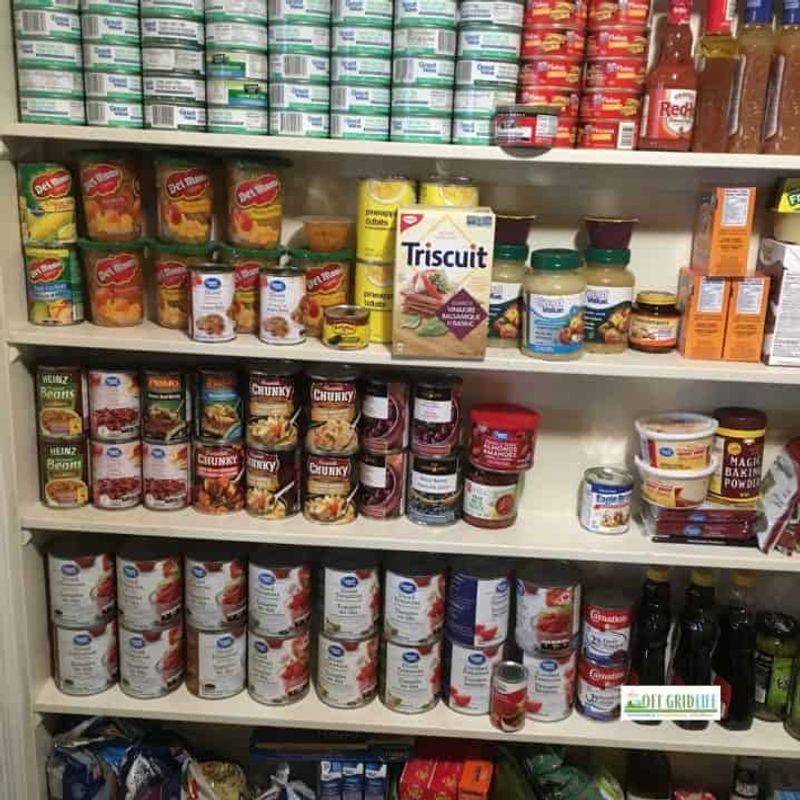
Warehouse clubs seduce us with massive savings on equally massive quantities. However, those 24 avocados seem less appealing when they all ripen simultaneously!
If your household consists of just two people, why purchase enough celery to feed a rabbit sanctuary? The “savings” evaporate when half that jumbo pack of perishables ends up decomposing. Bulk buying makes sense for non-perishables, but for fresh foods? Not so much.
4. Imperfect Produce Rejection
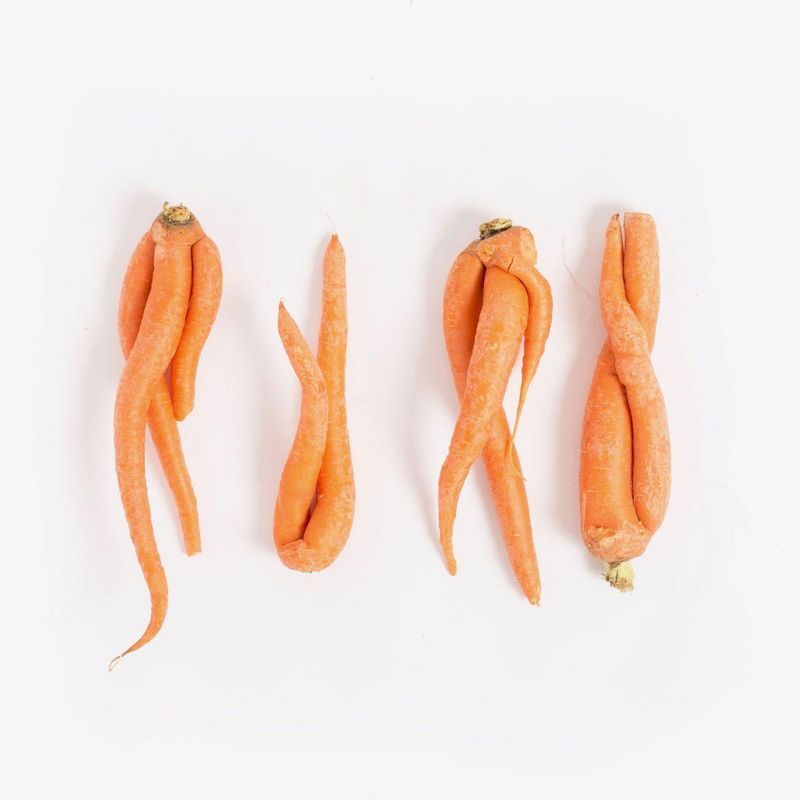
Grocery shoppers play appearance judges, snubbing curved cucumbers and heart-shaped potatoes. These “ugly” fruits and veggies taste identical to their photogenic cousins but face rejection based on superficial standards.
Approximately 20% of farm produce never reaches stores because it doesn’t meet cosmetic criteria. Imagine rejecting friends because their noses weren’t perfectly straight! Our beauty pageant approach to produce selection creates mountains of waste before food even reaches our kitchens.
5. Meal Planning Mayhem
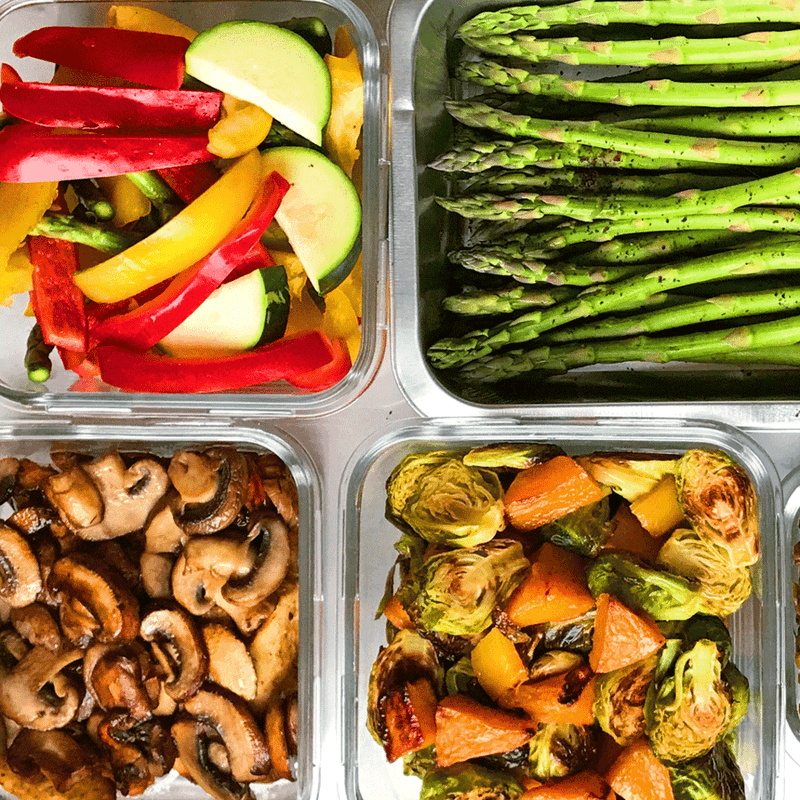
Wandering supermarket aisles without a plan leads to impulse buys and forgotten ingredients. Monday’s ambitious cooking plans fizzle by Wednesday when takeout temptation strikes.
How many wilted herb bunches have you discovered, purchased for that one tablespoon a recipe required? Without structured meal planning, we buy foods that never find their purpose, eventually making the sad journey from fridge to trash can. Planning failure equals food waste by design.
6. Leftover Loathing
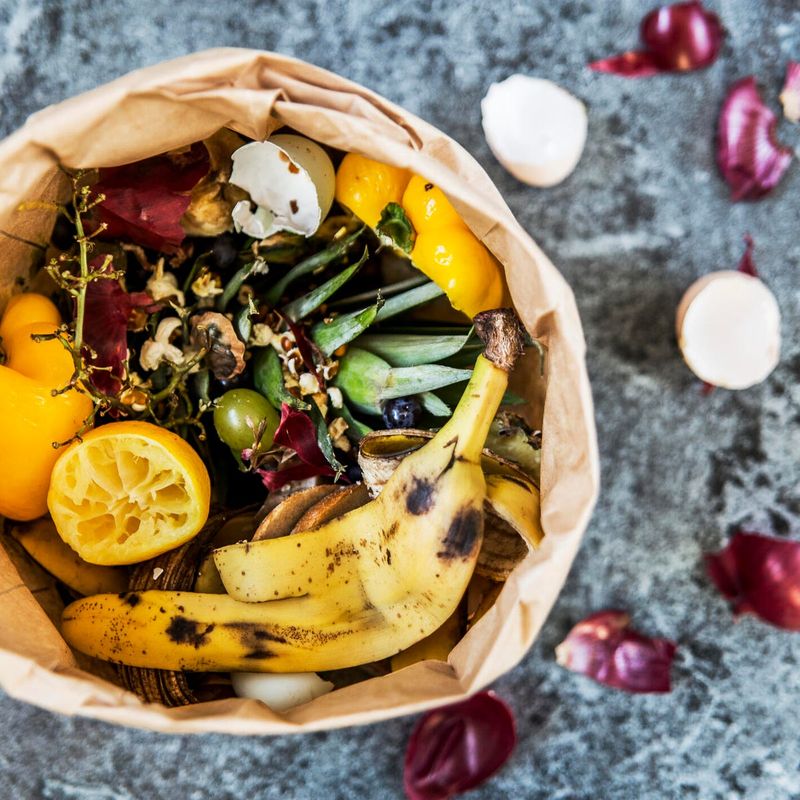
Americans harbor an irrational distaste for yesterday’s meals. Though Monday’s lasagna remains delicious on Tuesday, many prefer fresh meals daily, discarding perfectly good leftovers.
Restaurants compound this problem with portions that could feed small villages. Half-eaten restaurant meals often face tragic endings in hotel trash cans. The stigma against leftovers—viewing them as somehow inferior—creates a culture where reheating becomes taboo and waste becomes normal.
7. Refrigerator Chaos
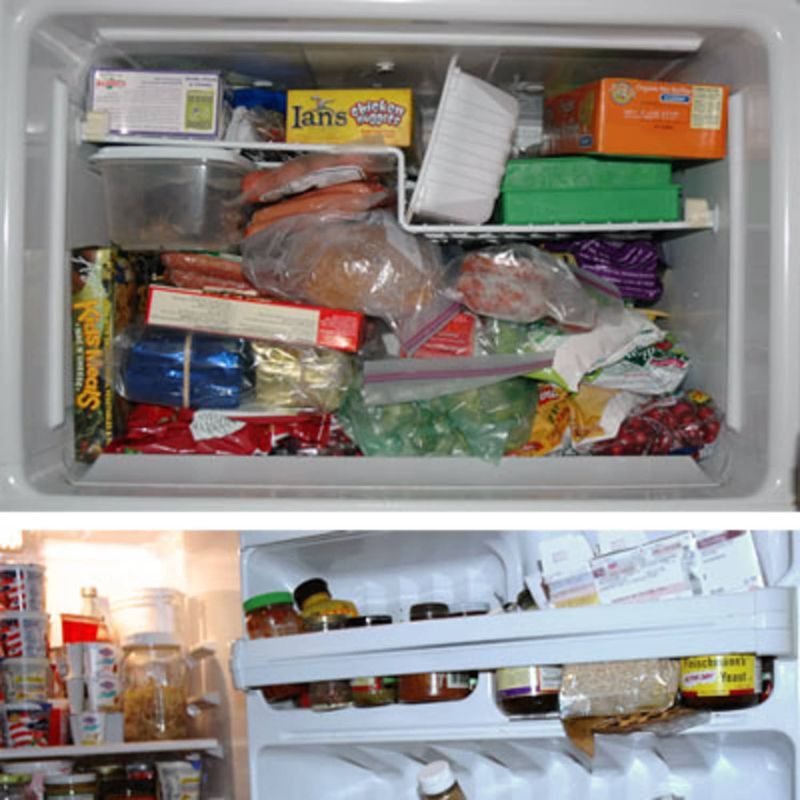
Disorganized refrigerators function as food black holes—items enter but are never seen again until they’re unrecognizable science experiments! Without system or structure, newer purchases hide older foods.
Fancy having a refrigerator archeological dig? You’ll discover forgotten condiments from three apartments ago and mystery containers no one dares open. The lack of visibility creates a “out of sight, out of mind” scenario where perfectly good food becomes waste simply because it wasn’t visible.
8. Oversized Portion Predicament
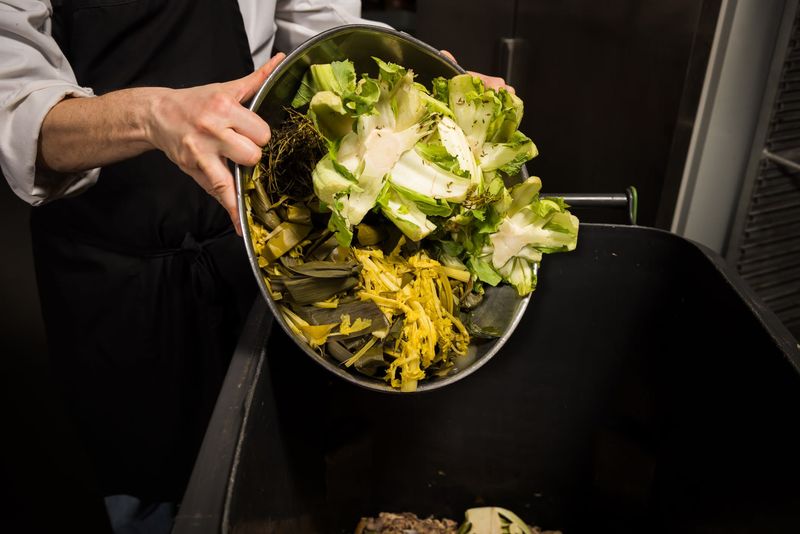
Super-sized dinner plates encourage serving portions that would make competitive eaters sweat. Eyes bigger than stomachs? You bet! Children’s plates now resemble what adults used decades ago.
Hence the leftover scraps that journey straight from plate to garbage. Restaurant portions have exploded by 138% since the 1970s, while our stomachs remain the same size. This disconnect between serving size and actual hunger creates unnecessary waste at nearly every meal.
9. Improper Food Storage Fails
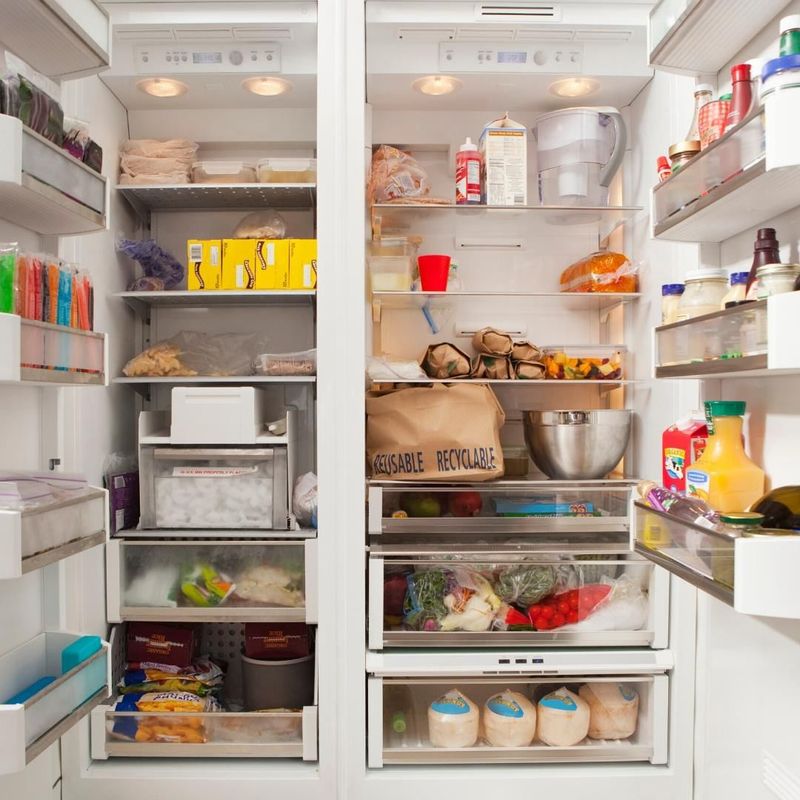
Storing bread in refrigerators actually accelerates staleness! And those bananas next to apples? They’re aging each other faster due to ethylene gas exchange.
Berries washed too soon grow moldy, while potatoes and onions stored together spoil quicker. Most food waste stems from simple storage mistakes! These preservation blunders turn perfectly good food into compost candidates prematurely, all because we never learned the science behind proper food storage.
10. Recipe Rigidity
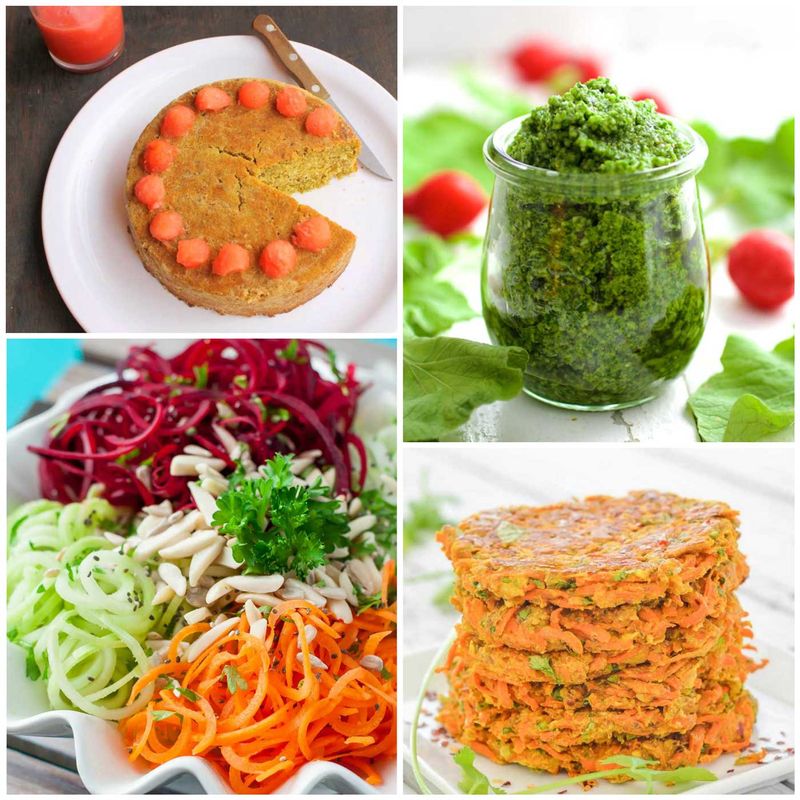
Slavish devotion to recipes creates waste when we buy specialty ingredients for one-time use. That obscure spice or unusual vegetable often languishes until discovery during spring cleaning.
What happens to the remaining three-quarters of the cilantro bunch after you use a few sprigs? Exactly! Recipe inflexibility prevents creative use of what’s available, leading to forgotten ingredients and eventual waste. Cooking should adapt to what’s on hand, not force unnecessary purchases.
11. Smart Inventory Management
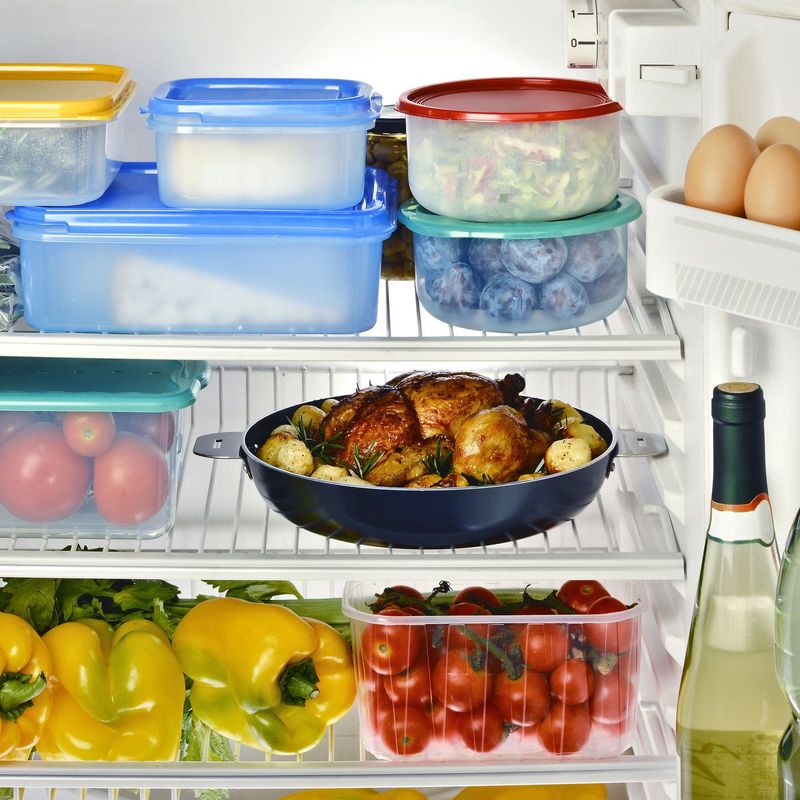
Organize your fridge like a pro with clear containers and the FIFO method—First In, First Out! Keep a whiteboard listing perishables with their purchase dates as visual reminders.
Ever tried designating an “Eat This First” bin? Place items nearing their prime in this special section for immediate attention. Regular fridge audits prevent the “I forgot I had that” syndrome. Taking stock before shopping prevents duplicate purchases and ensures nothing gets forgotten.
12. Trust Your Senses, Not Dates

Forget those arbitrary “best by” stamps! Your nose, eyes, and taste buds evolved as sophisticated food safety detectors long before printed dates existed.
Does that milk smell fine despite yesterday’s date? It’s probably perfectly safe! Most dates indicate peak quality, not safety thresholds. Learn the difference between “use by” (safety) and “best by” (quality) labels. When in doubt, use the sniff test—your nose knows!
13. Strategic Bulk Buying
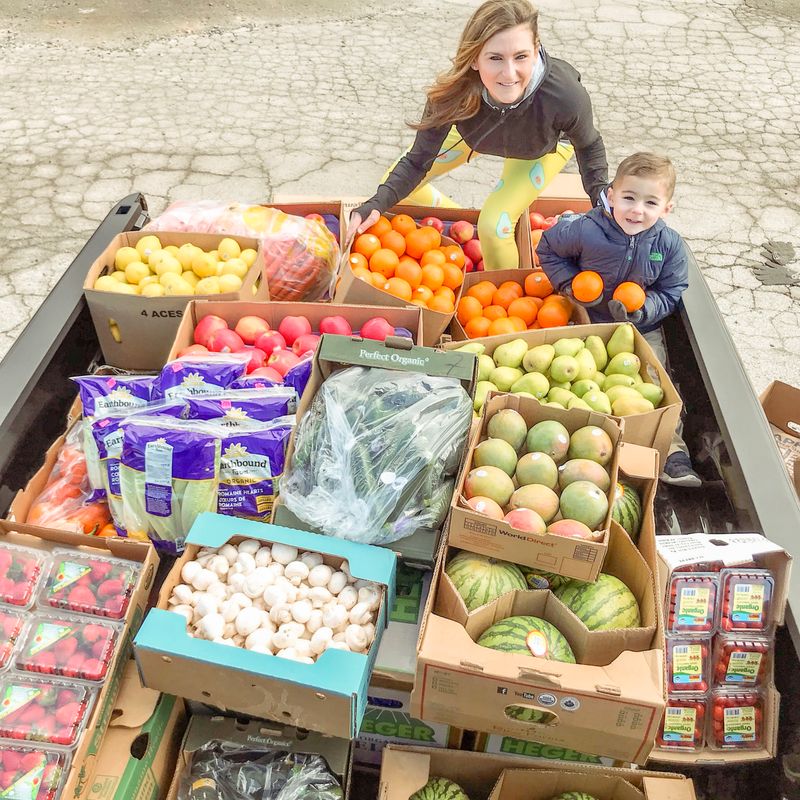
Love warehouse savings without the waste! Split bulk purchases with friends or neighbors when dealing with perishables. Your wallet and planet will thank you!
For solo shoppers, freeze portions immediately after purchase. Those six pounds of chicken breasts? Separate and freeze them in meal-sized portions right away. Bulk buying works brilliantly for shelf-stable items like rice and beans, but requires immediate intervention for fresh foods.
14. Embrace Imperfect Produce
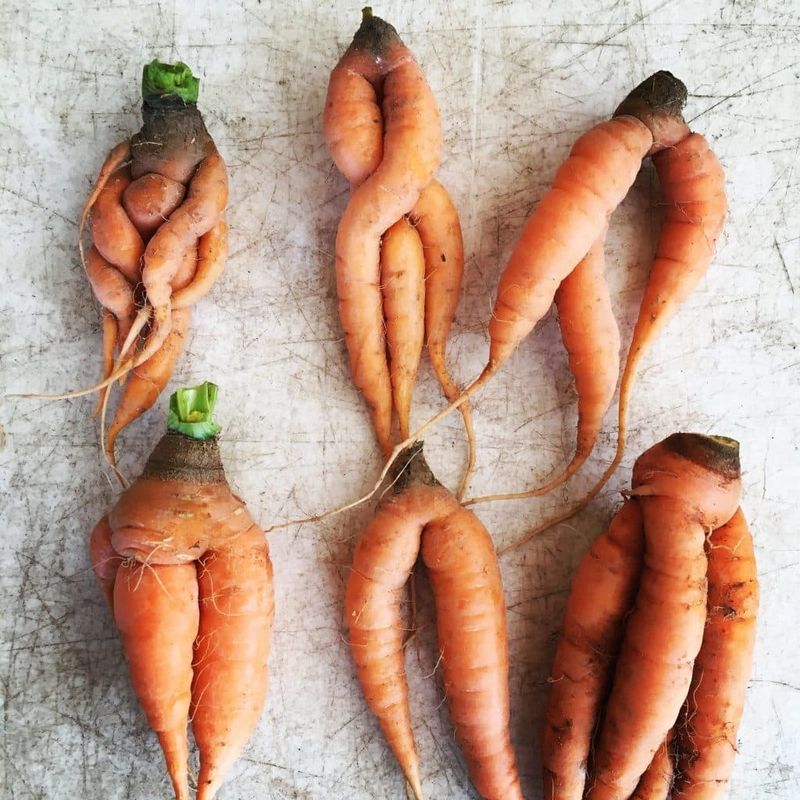
Those quirky-looking fruits and vegetables deserve love too! Wonky carrots and heart-shaped potatoes cook exactly the same as their picture-perfect cousins.
Farmers markets often sell “seconds” at steep discounts—these taste identical but look unusual. Many subscription services now specialize in rescuing rejected produce. Remember: Nature doesn’t grow in perfect shapes! By choosing the odd-looking produce, you’re fighting waste while saving money.
15. Meal Planning Magic
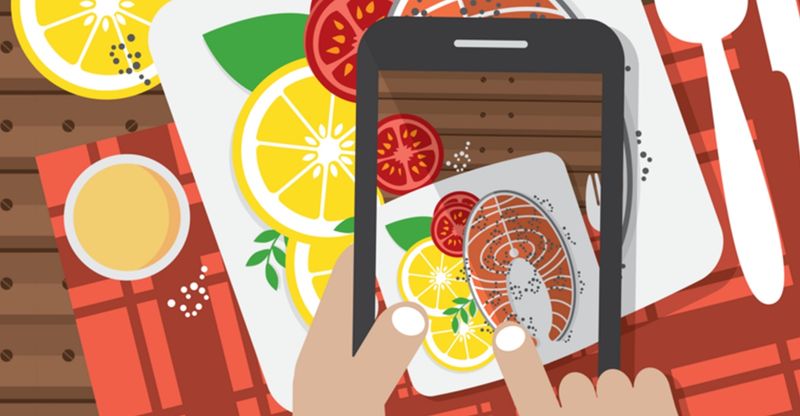
Take 15 minutes each week to plan meals around what’s already in your kitchen. Start with ingredients needing quick use, then build your shopping list around genuine needs.
Apps like Mealime and Paprika help create shopping lists based on planned recipes. Bonus tip: designate a weekly “clean out the fridge” meal where random ingredients come together in soups, stir-fries, or omelets. This simple planning ritual dramatically reduces both food waste and grocery spending!
16. Leftover Love Revolution

Transform yesterday’s roast chicken into today’s enchiladas! Leftovers aren’t repeat meals—they’re ingredients for creative culinary adventures.
Invest in quality glass containers that make leftovers visible and appetizing. Dedicate one dinner weekly as “remix night” where leftovers become new creations. Roasted vegetables become frittatas, rice transforms into fried rice, and leftover meat makes spectacular sandwiches. Reimagining leftovers makes them desirable, not dreaded!
17. Refrigerator Organization Revolution
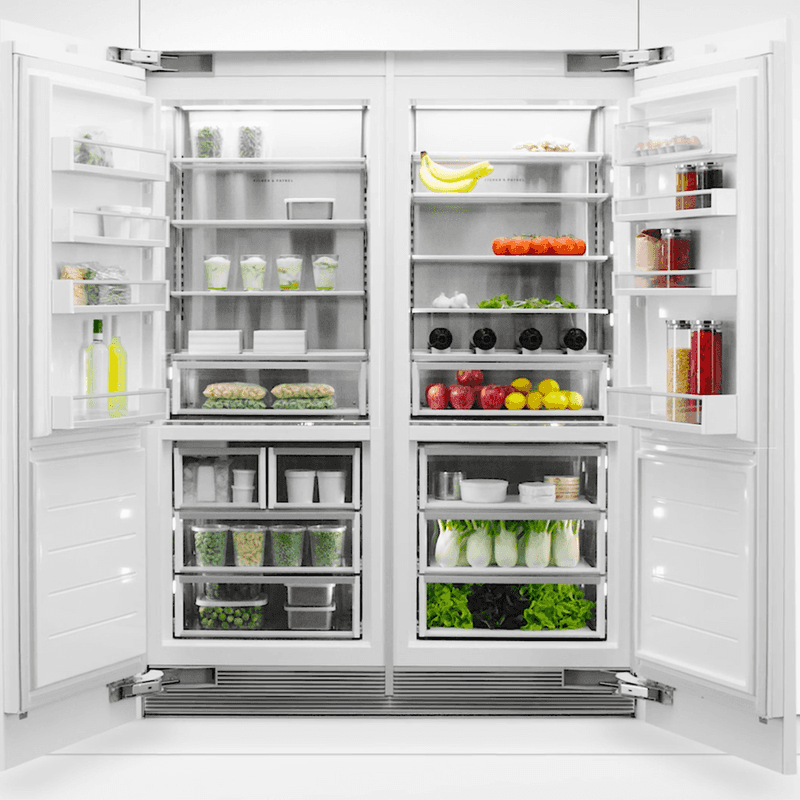
Arrange your fridge like a grocery store with designated zones: dairy here, produce there, and prepared foods front and center where you’ll see them first.
Clear containers make contents visible at a glance. Labeling with erasable markers adds another level of organization. The most perishable items should claim eye-level real estate, while longer-lasting condiments can hide in door shelves. This visibility system ensures nothing gets forgotten in the back corners.
18. Portion Control Wisdom

Serve meals on smaller plates to trick your brain into feeling satisfied with right-sized portions. Studies show people consistently serve themselves more when using larger plates!
At restaurants, immediately box half your meal before eating—tomorrow’s lunch sorted! Family-style serving allows everyone to take only what they’ll actually eat rather than predetermined portions. These simple tricks align serving sizes with actual hunger, preventing plate waste entirely.
19. Food Storage Science
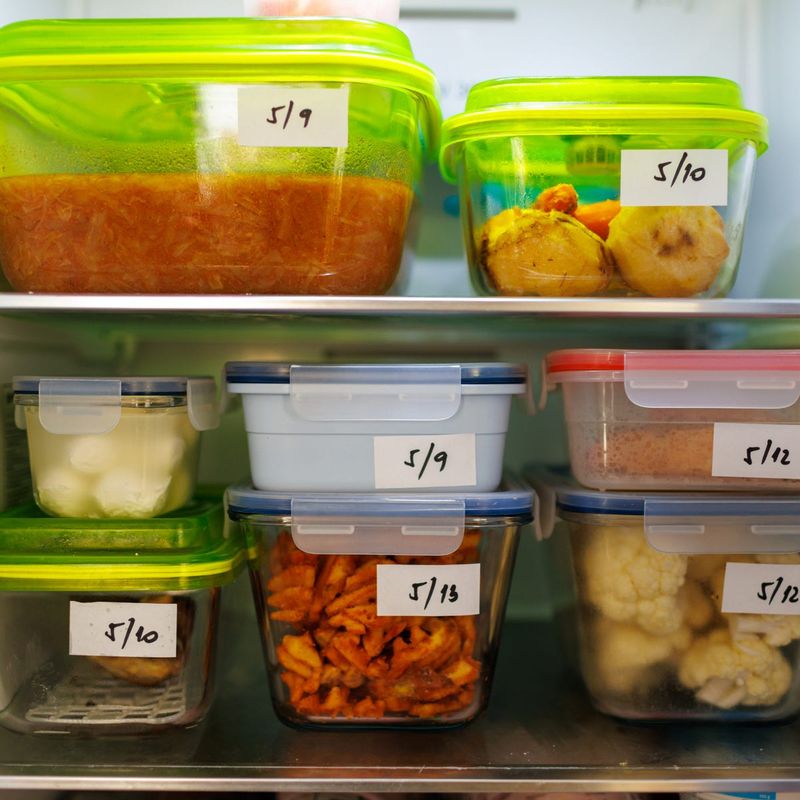
Store foods according to science, not habit! Bread stays fresh longer at room temperature in cloth bags. Separate ethylene-producing fruits (apples, bananas) from ethylene-sensitive ones (most other produce).
Mushrooms hate plastic—paper bags keep them fresh longer. Herbs last weeks when treated like flowers in water glasses with loose plastic covers. These simple storage tweaks can double or triple the lifespan of your perishables. Never refrigerate tomatoes, potatoes, or onions—they’ll thank you!
20. Flexible Recipe Adaptation
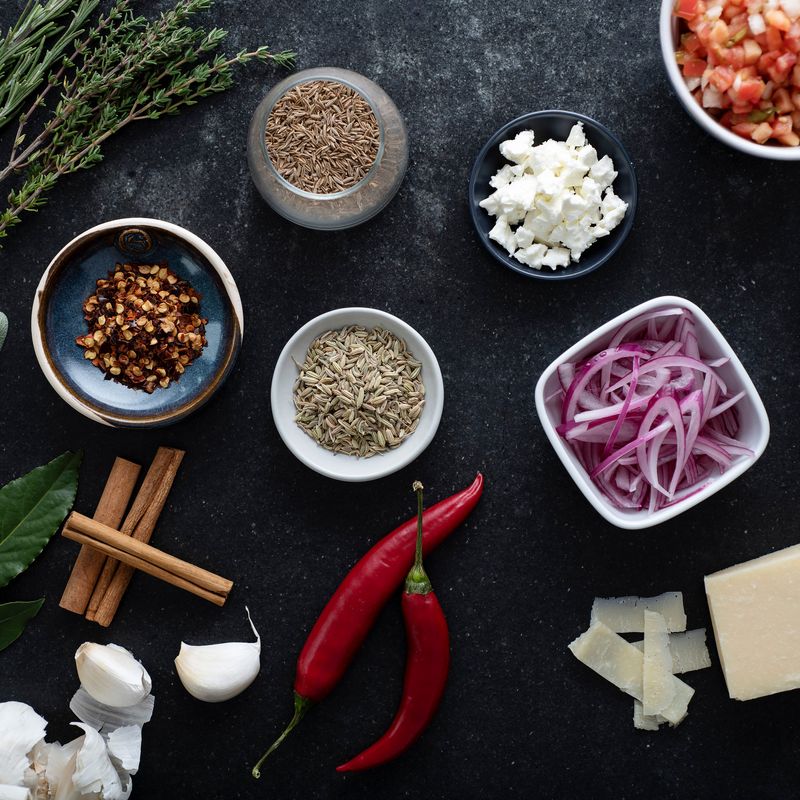
Master the art of recipe substitution! No carrots? Use sweet potatoes! Missing cilantro? Parsley works too! Cooking becomes more sustainable when you adapt recipes to what’s available.
Think of recipes as inspiration rather than rigid instructions. Learn basic equivalents (any leafy green can substitute for another) and cooking ratios rather than specific ingredients. This flexibility prevents special shopping trips for single ingredients and uses up what might otherwise go to waste.

